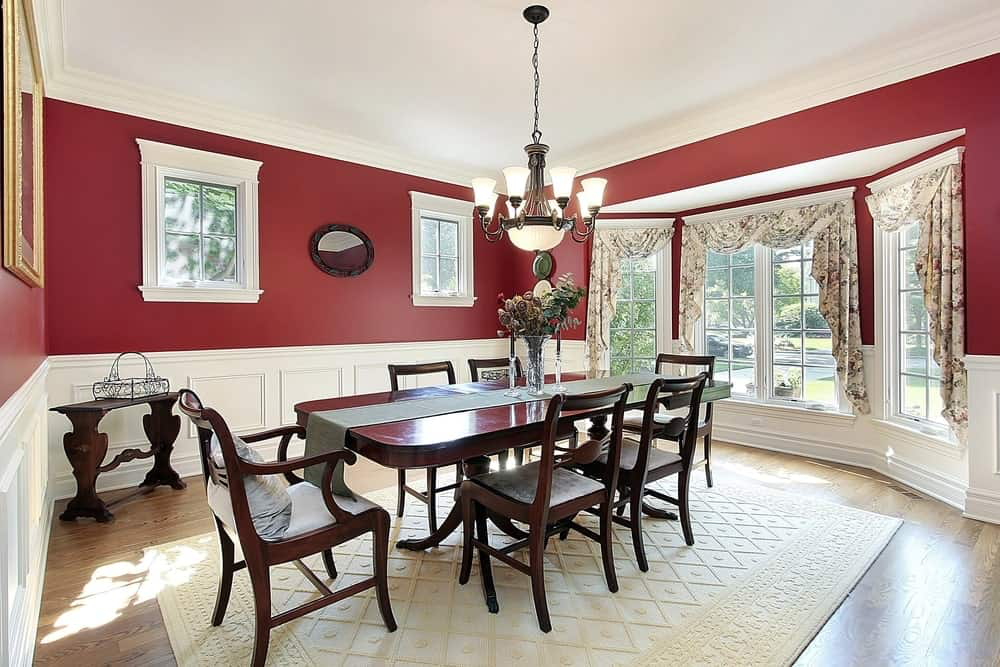The Psychology of Color in Interior Design
Color is one of the most powerful components in interior design. Each shade carries a distinct psychological effect and has the ability to significantly alter the mood of a space. This is because colors are deeply intertwined with human emotions — they can trigger joy or sadness, energy or calm, romance or mystery, and even stimulate appetite.
For instance, when you step into a room painted in soft pastels, you’re more likely to feel relaxed and at ease compared to a space filled with bold, bright hues. Bright colors are more stimulating to the eyes and can easily capture attention, providing a stronger sensory experience.
In interior design, the emotional state and comfort of its inhabitants are essential. That’s why selecting the right color must be done thoughtfully — considering the room’s function, the desired atmosphere, and the personality of its occupants.
Let’s explore the psychological effects of each color and how they can help define the most suitable mood for every space.
Red
As the most intense color in the spectrum, red evokes strong impressions. In a foyer, it can create a bold and confident first impression. In a workspace, it can boost focus, creativity, and determination. Red is also known to increase appetite and encourage conversation, making it a smart choice for pantries or dining areas.
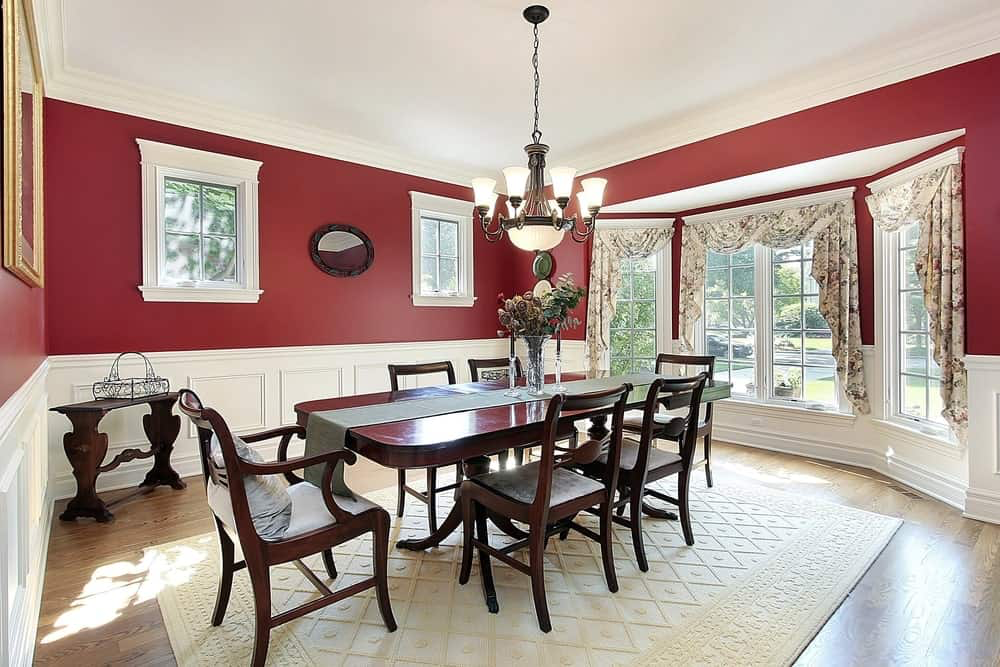
Yellow
Often referred to as the “happy” color, yellow radiates optimism and positivity. It promotes feelings of joy, energy, and hope — which is why it’s commonly seen in schools and play areas. Use yellow to bring warmth and cheer to living rooms or children’s spaces.
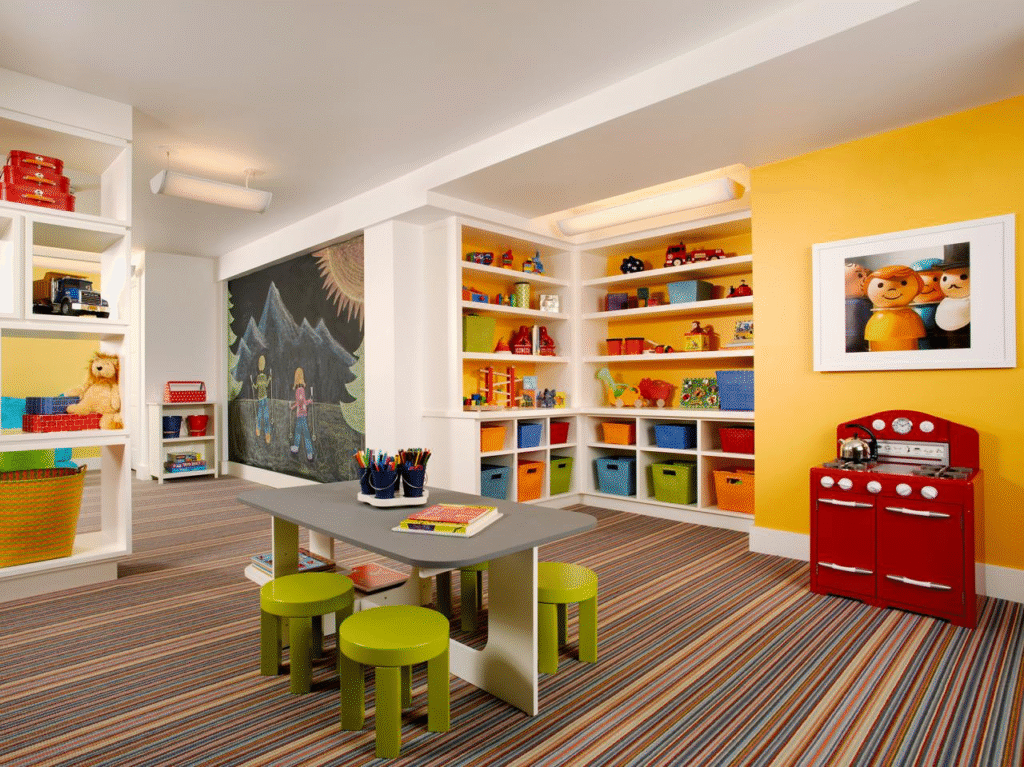
Blue
A symbol of loyalty and peace, blue has a naturally calming effect. It can reduce blood pressure and soothe the mind, making it an ideal choice for bedrooms and bathrooms. Deeper shades of blue also evoke professionalism, which is why many offices incorporate this color to convey reliability.
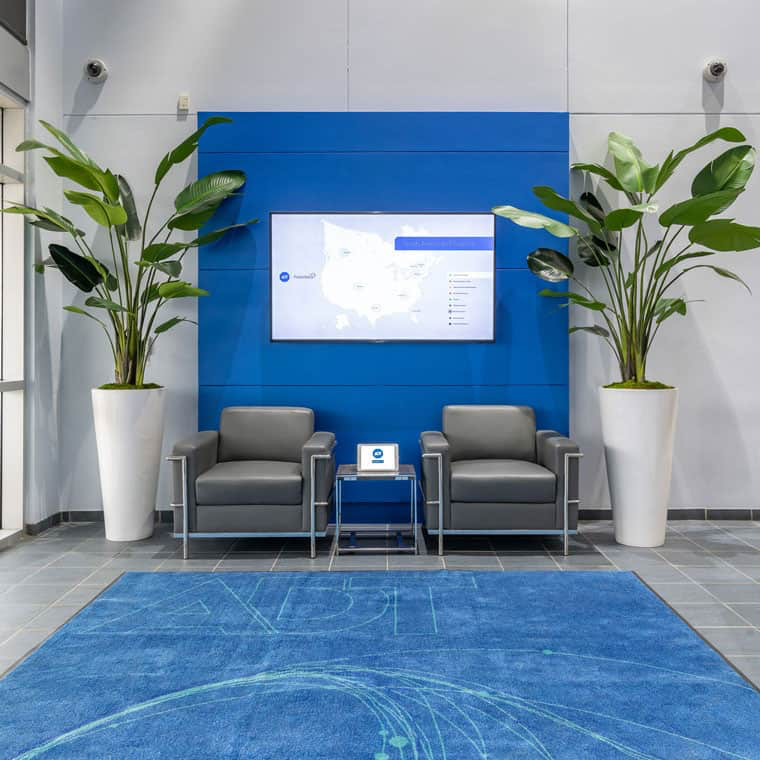
Green
A versatile, nature-inspired color that signifies harmony, renewal, balance, and health. Green is gentle on the eyes and brings a sense of calm, making it suitable for shared spaces like living rooms or lounges where people tend to gather and unwind.
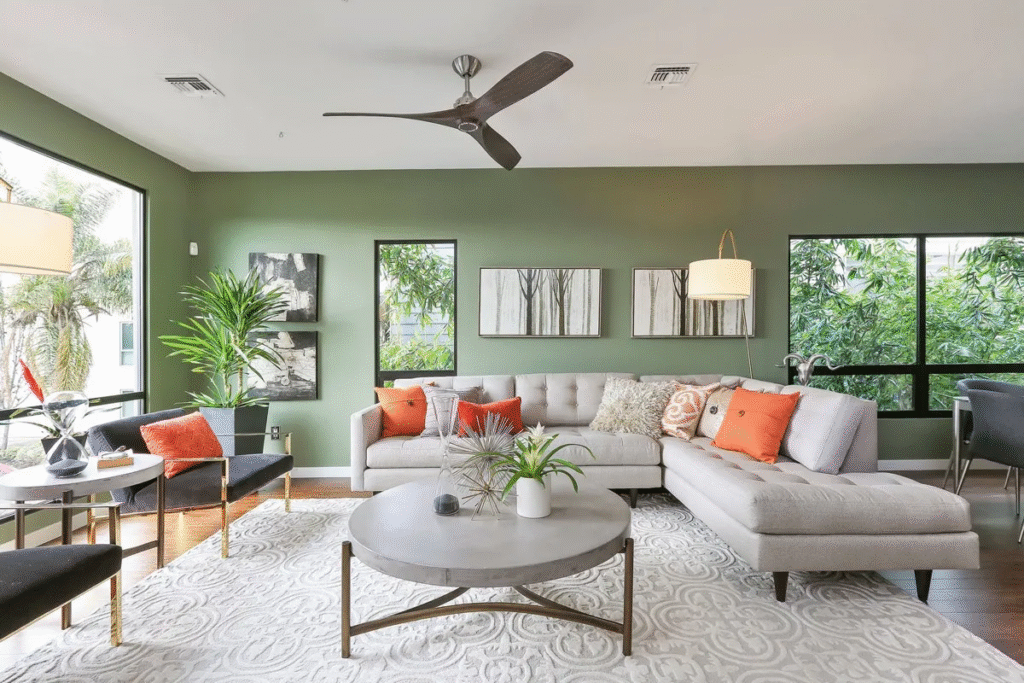
Purple
Associated with luxury, elegance, and charm, purple is both romantic and visually captivating. It stimulates creativity while offering a soothing effect. Consider incorporating purple in a walk-in closet or living area for a sophisticated and dreamy vibe.
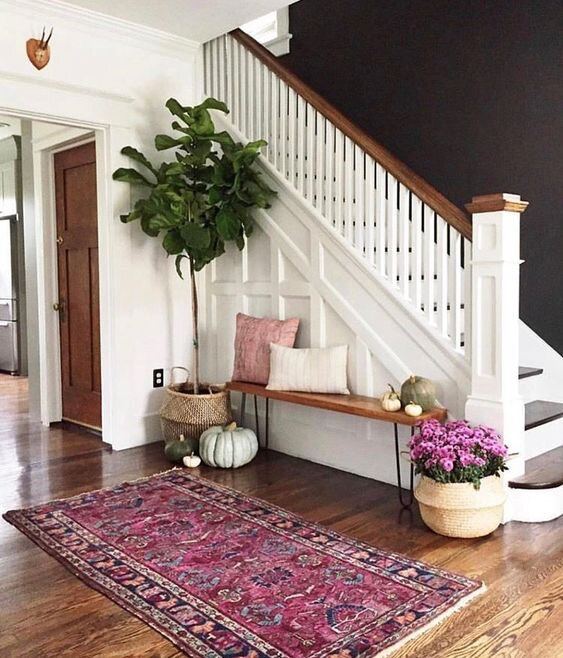
Neutrals
Neutral tones like white, gray, and brown are timeless staples in any interior palette. Their flexibility makes them ideal for almost any room. Minimalist in nature yet aesthetically pleasing, neutrals are often favored in Japandi and contemporary interiors for their understated elegance and balance.
Color is a strategic tool that shapes not just the look, but also the feel of a space. Choosing the right color scheme is essential in creating a home that’s both beautiful and emotionally resonant. Before deciding on your palette, consult with a professional interior designer to ensure your space is designed with purpose and clarity.
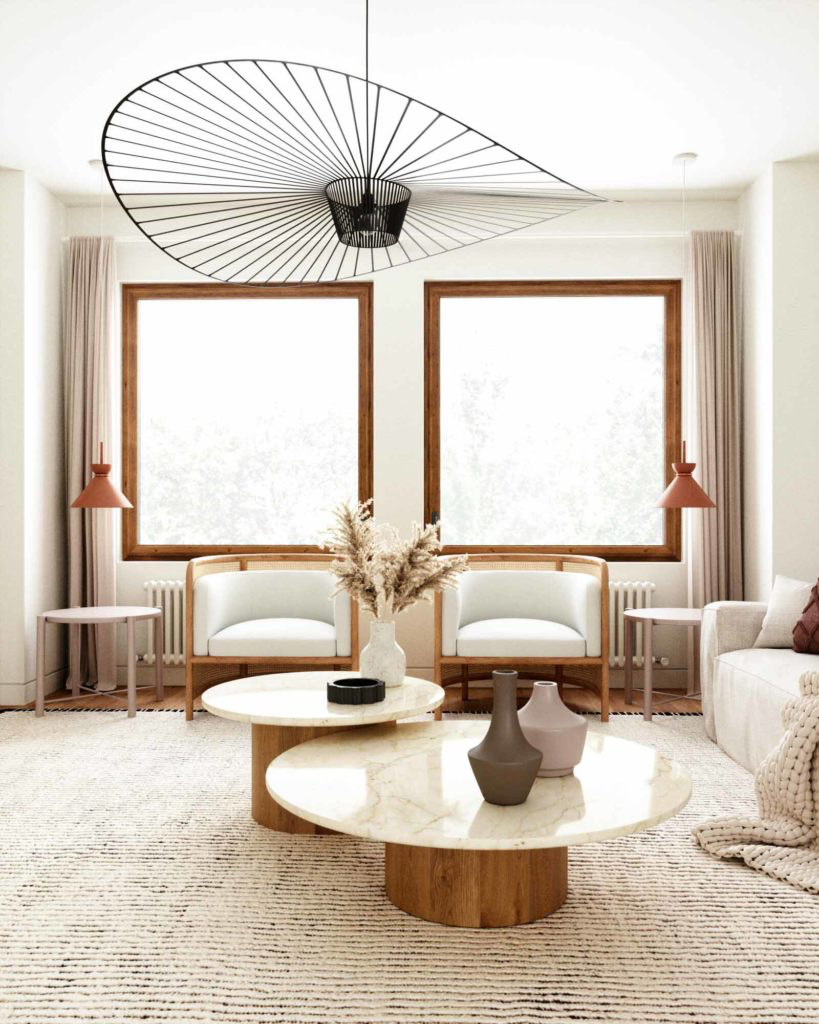
At NDA, we believe that every detail matters — especially when it comes to color. Through precise understanding and accurate execution, we help craft interior spaces that not only look beautiful but feel just right.
Ready to bring harmony and purpose to your space through accurate color design?
Let’s design with intention — together with NDA.
